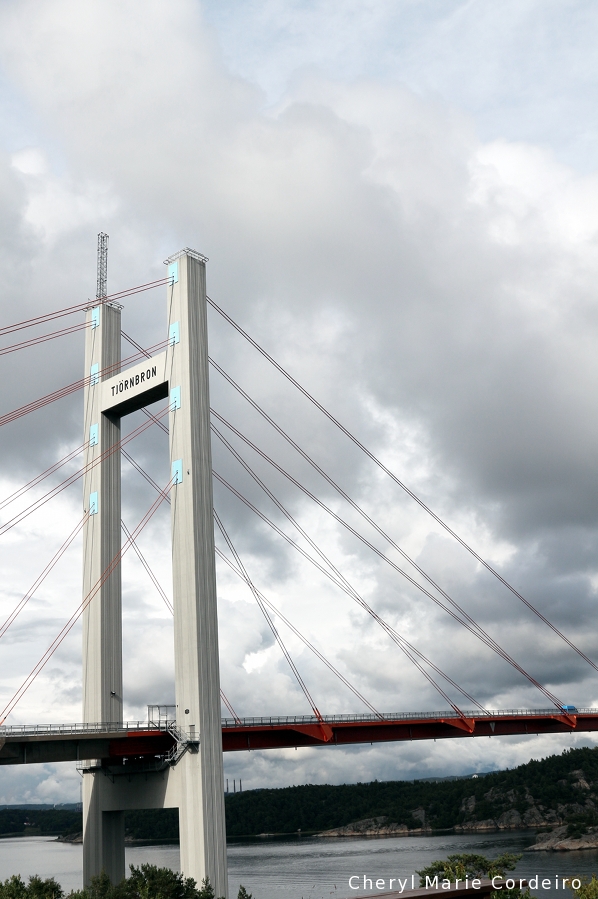The Tjörn Bridge is the landmark bridge that connects mainland Stenungsund
with the northern archipelago islands of Tjörn and Orust along the Swedish west coast.
Text & Photo © JE Nilsson, CM Cordeiro 2014
Sweden is a large and not very densely populated country. Summers are as made for long drives and long conversations following the sun to see it touch the horizon before rising again.
Where increasingly, time is considered a personal luxury, Swedish summer months seemingly uninterrupted by nights are when you can truly feel the endless stretch of time ahead of you. Today we decided that we’d go barrel hunting. And for that, we headed towards the northern west coast archipelago of Tjörn and Orust, driving across Tjörnbron.
The modern bridge replaces the original Almöbron, built in 1960. In 1980, the bulk carrier MS Star Clipper hampered by heavy fog during the night, collided with the span of Almöbron. That night, several vehicles plunged into the sea before they were able to close the bridge. The foundations of Almöbron, can still be seen sitting directly under Tjörnbron. These foundations now seem to provide the perfect angling spot and in the nearby park, an Erik Nordström’s memorial was built to acknowledge his initiative for building Almöbron.
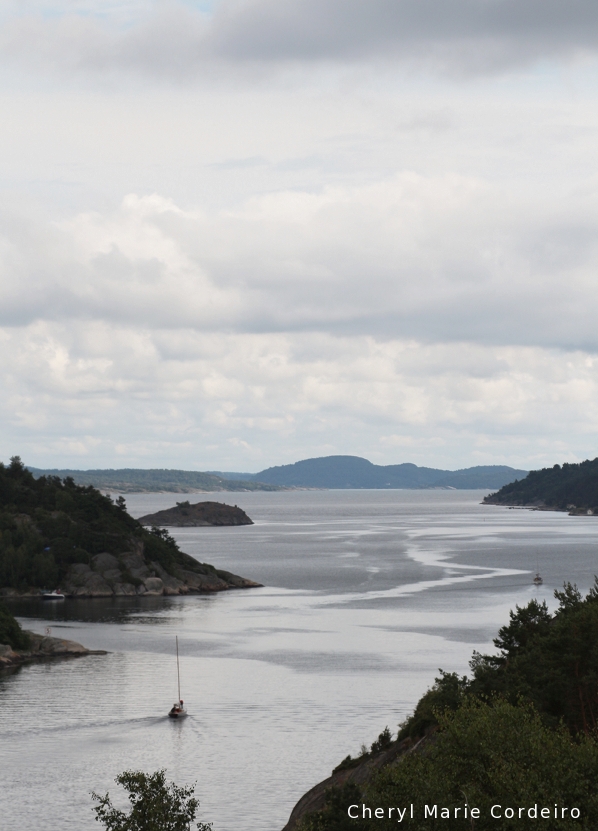
View from Erik Nordström’s landmark at the Tjörnbron park.
Handcrafted vintage herring barrels are today surprisingly hard to find, having been the most common staple vessel of any imaginable along the coast. Now it took a slow drive up from Gothenburg towards Norway, stopping at each and every roadside flea or antique market along the way.
These improvised summer malls are usually housed in entire barnyards, run by industrious children of the house or by the owner himself as a pastime, living in the house next to it. Here is where you can find the most interesting pieces of Swedish historical artefacts otherwise finding little or no use in modern society. The finds range from classic vinyl recordings or sailors handcrafted items made or brought home from youthful voyages around the globe.
For many centuries a ‘barrel’ was a standardised measure, varying some depending on the intended content being this grain, wine or herring. In the mid 18th century the coast of Sweden was so full of this fish that they jumped up on land by themselves. Eventually this recurring phenomena created both wealth and misery along the coast as well as countless left over foundations for fisheries and salting factories that could be seen everywhere even today. The herring were so abundant, they were even plainly melted for their oil. It was said that the streets of Paris were lit by oil from the Swedish herring plants.
A standard barrel of about 120 litres could hold about a thousand pieces of herring. Sometimes they found other uses as in smuggling and – hiding. In Asia the ceramic equivalent would be the Stoneware Martabans of Indonesia.
It didn’t take too long driving when we came to one barn housed antique shop. The owner of the place cordially invited us to explore the farmland with the other neighbouring barnyards all in walking distance to each other, but used for different purposes, from firewood sales to housing chickens where she also sold eggs that were laid daily.
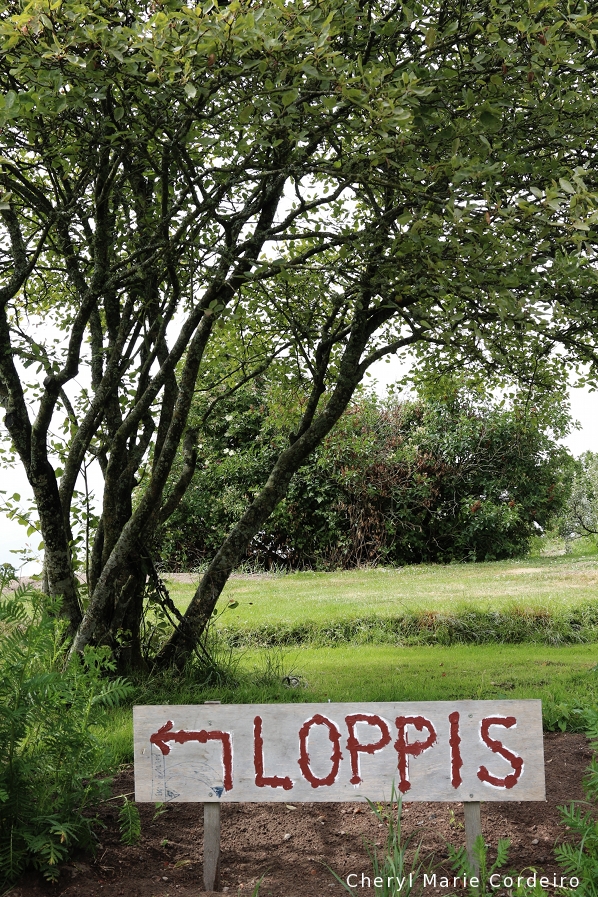
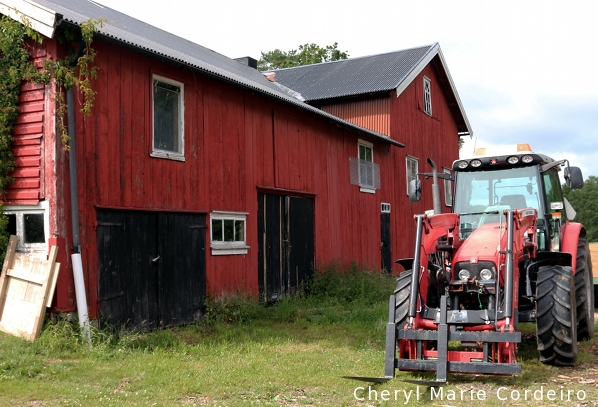
Around this barnyard is the entrance to the stable sized chicken coop.
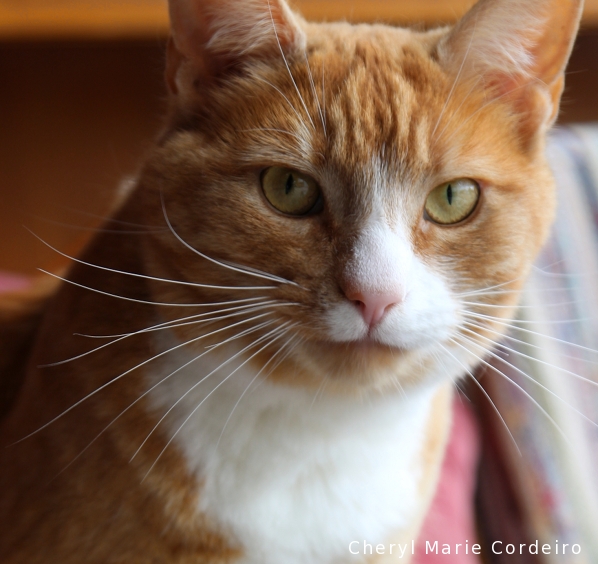
The farm cat – orange tabby.
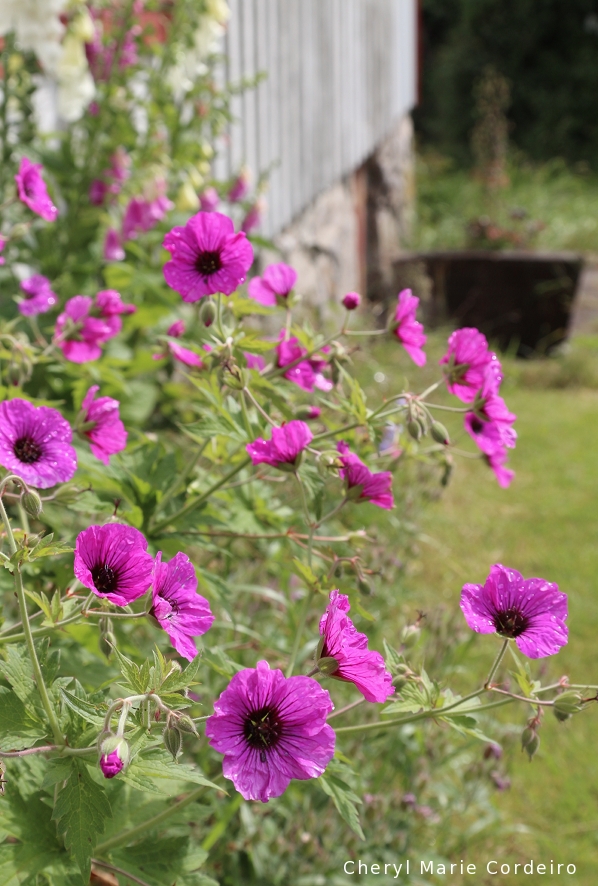
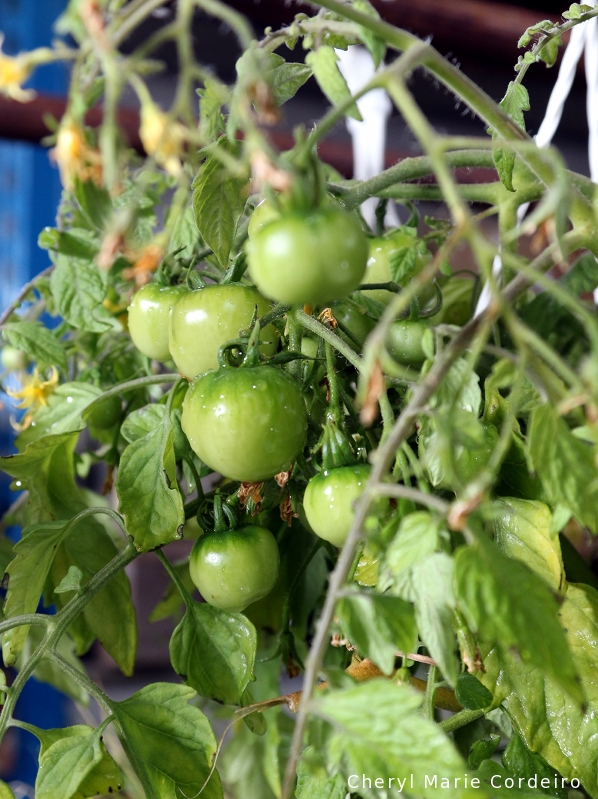
Tomatoes, still to ripen.
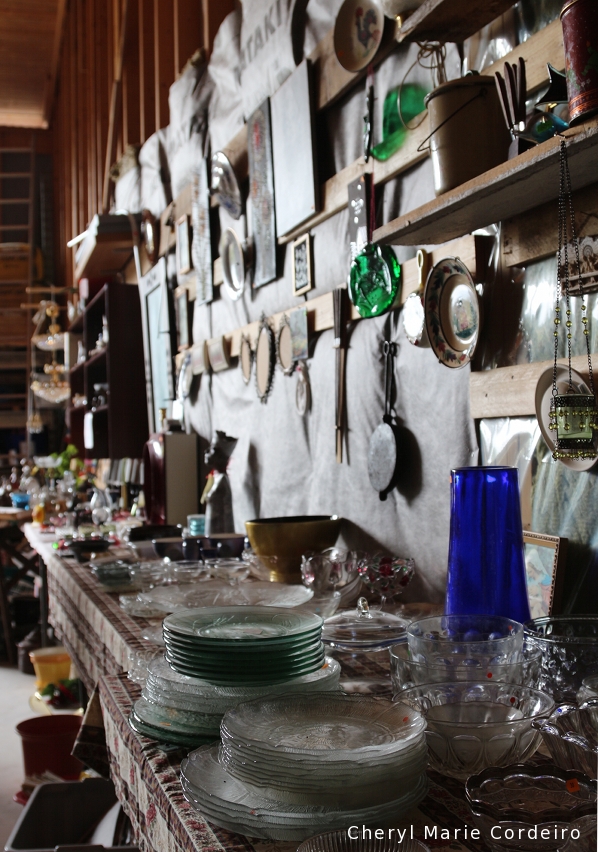
In every piece, a story to tell.
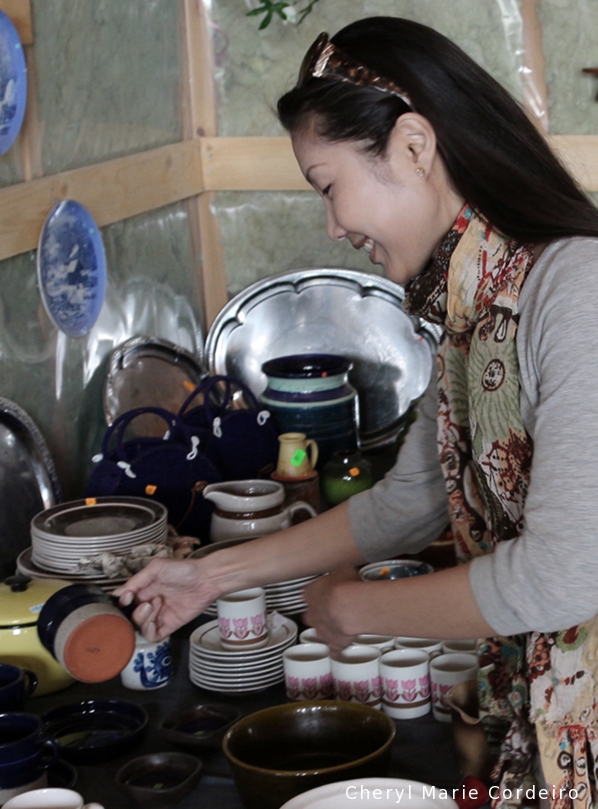
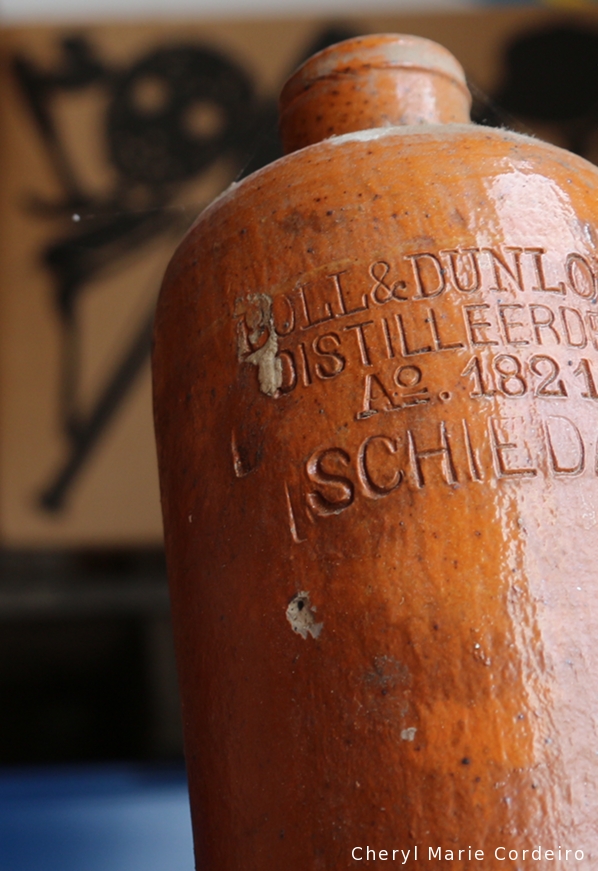
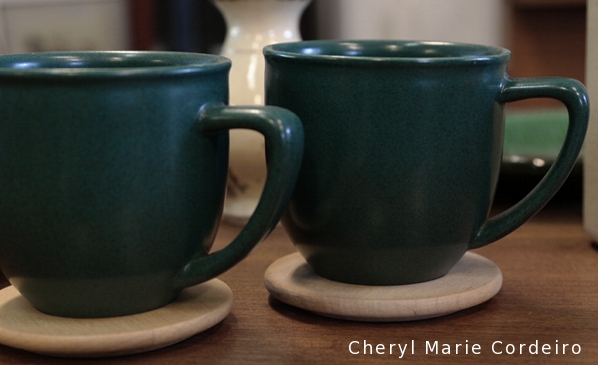
Verona green Höganäs mugs designed by Örjan Johansson.
One of my absolute favourite things to find at antique markets – Höganäs ceramics.
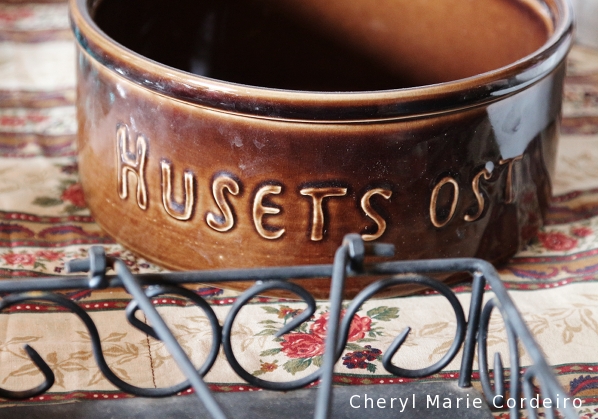
A ceramic form for the House cheese.
It’s surreal that it wasn’t long ago that many farm houses produced their own brand of cheese, like house wines. It’s fantastically artisan.
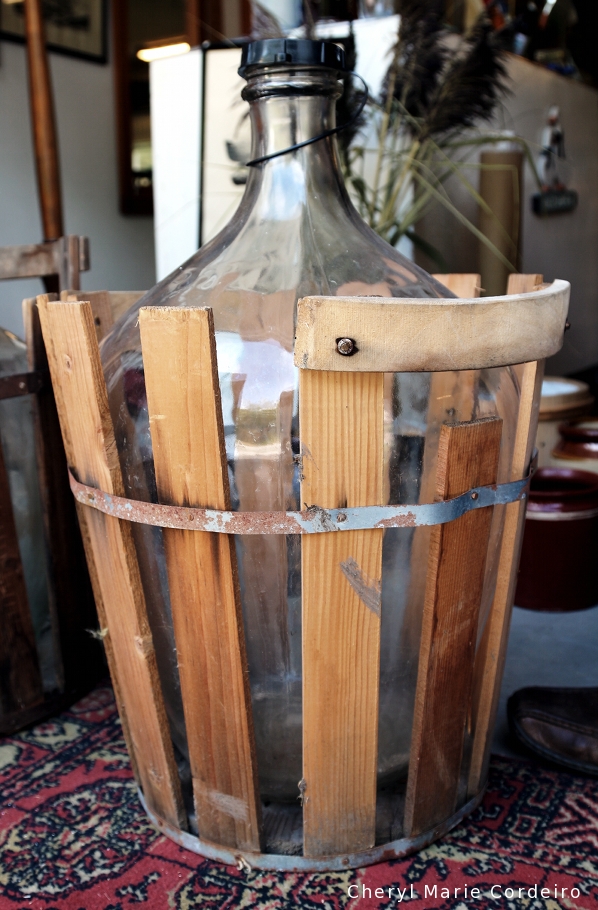
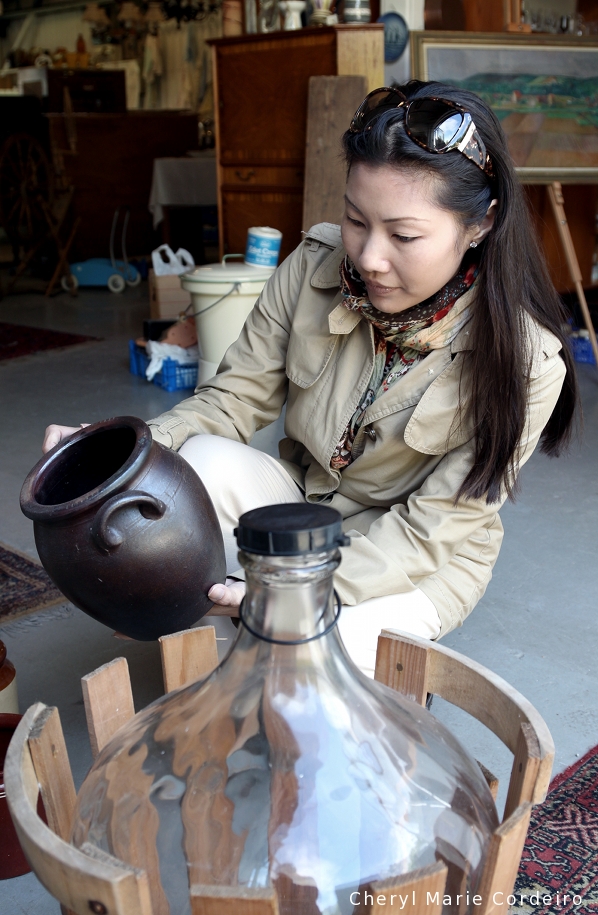
This little Höganäs, was coming home with me.
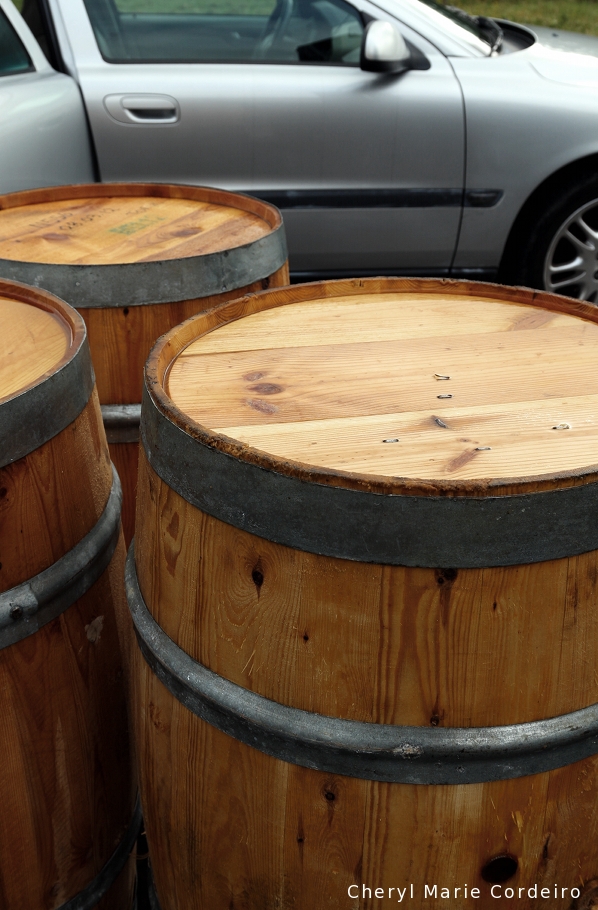
Found!
Handcrafted wooden herring barrels. Once one of the most common items ever to be found in any fishing village along the west coast of Sweden. Now, a rare item made in and imported from Norway, in this case filled with suger salted cod roe. The emptied barrels are resold to decorate gardens or for collecting rain water.
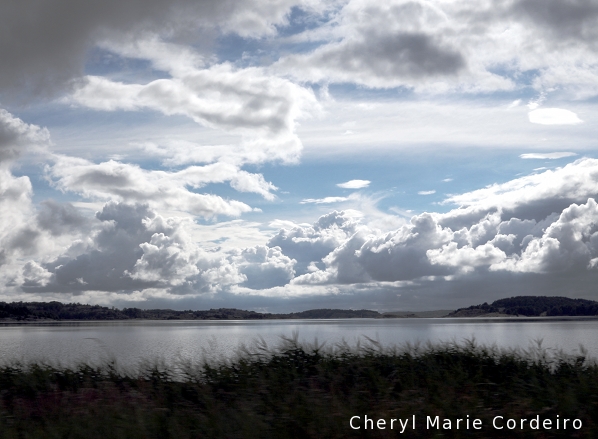
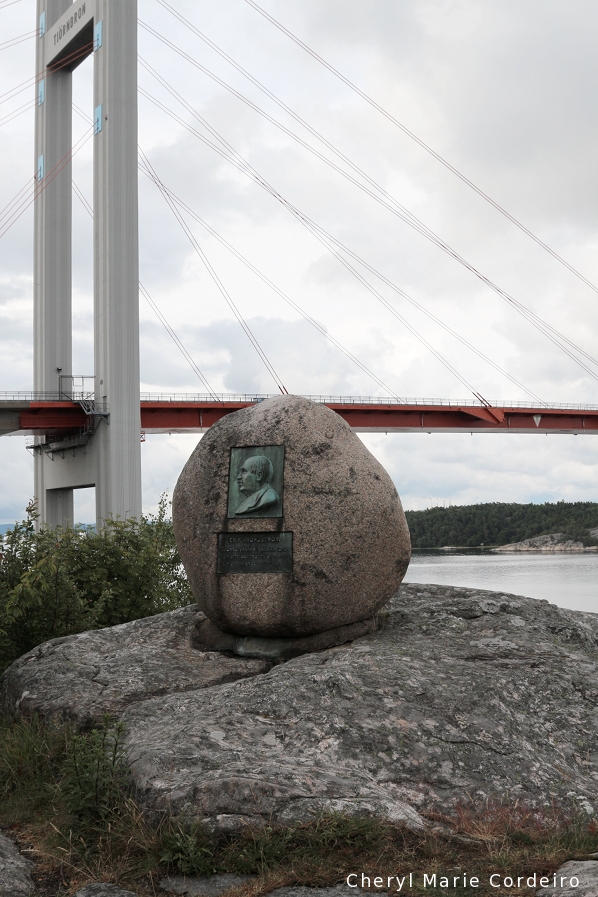
The Erik Nordström landmark memorial for the Tjörn Bridge. Now standing in a desolated corner of the original Sunday outing parking lot overlooking the original foundations of the lost predecessor. From here, you’ll get a breathtaking view of the waterways below.
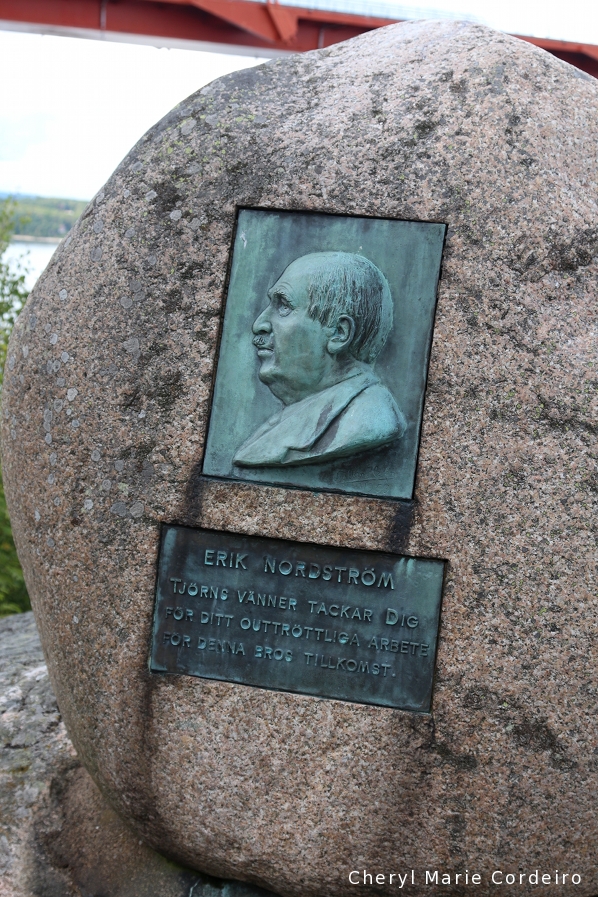
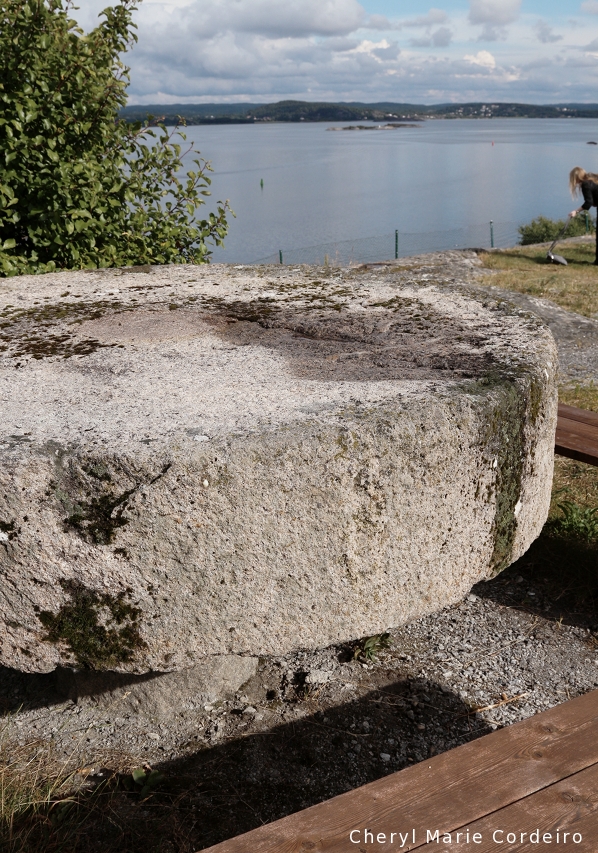
A set of tables made from old mill stones set the ambience of the place, in close proximity to a restaurant.
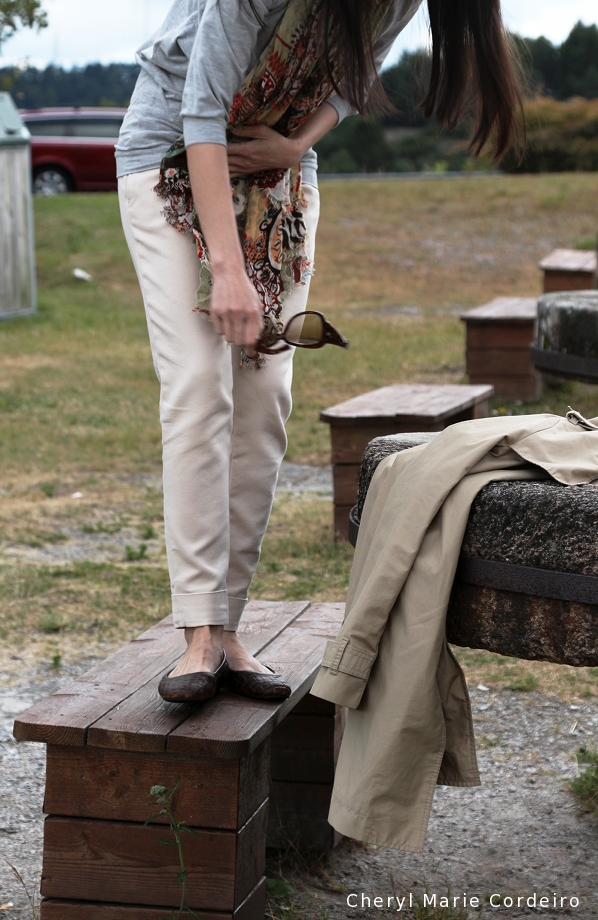
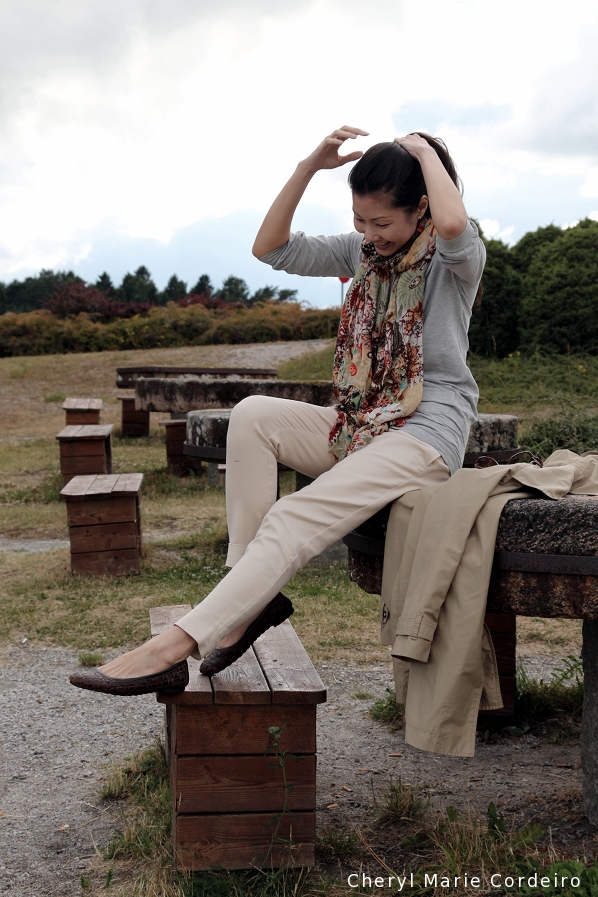
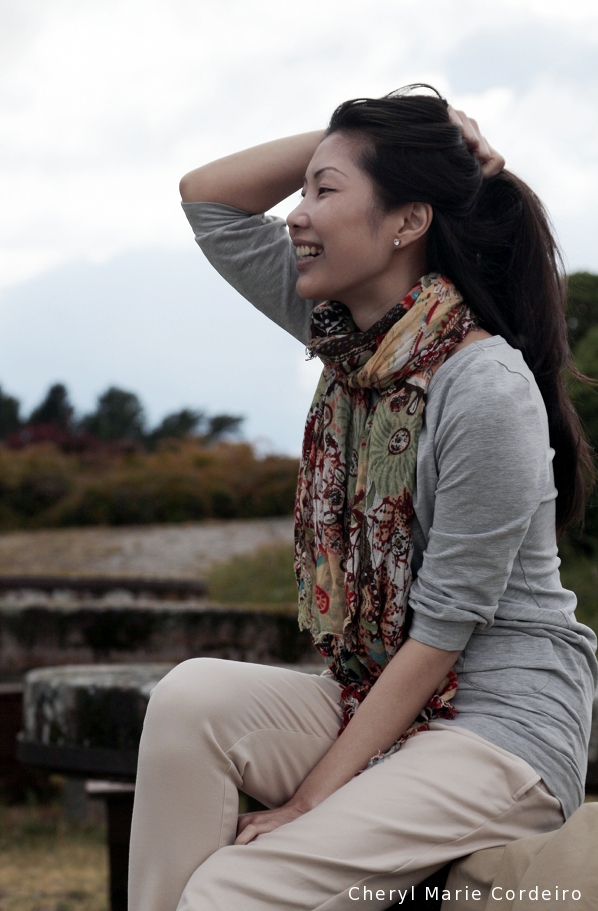
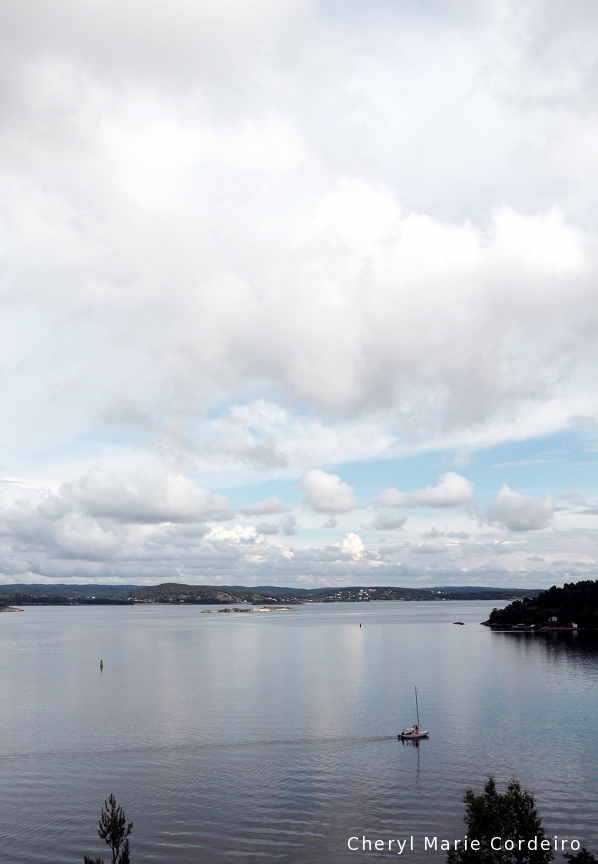
Encountering the farmlands of the northern archipelago of the Swedish west coast, if anyone had ever mentioned I could turn farmer girl just about ten years ago, I would’ve laughed and thought them insane. I was city-born, and had a real culture / lifestyle shock the first time I encountered ‘firewood’ and needed to chop them and place them in wicker baskets for transport from the basement up to the house. I thought I had seriously regressed in terms of living standards.
But today, I see chopping firewood is a fun winter activity, and the very idea of having eggs laid on the same day that you make your own simple omelette – is a tantalizing concept of utimate luxury.
“So you sell eggs too?”
“Yes, well we have about twenty chickens and four roosters, so we can have quite a lot of eggs which is good to sell.”
“How many do you have for sale today?”
“Well, I have thirty. No, wait, that’s not right, we sold some now, … I have fifteen. You can have the fifteen picked from today.”
This looking like a promising business idea, it was agreed that if we wanted, the owner could deliver an unmarked mixed batch of for example thirty chickens for our own coop, the idea being that the fifteen that probably would turn out to be cockerels, we would need to eat ourselves.
“You can collect them when they’re ready!” the lady beamed.
We settled for the eggs only.
“You know, chickens are flock animals. But really, all you need is three to begin with.”
A very tempting idea.
I could not help wondering if our immediate neighbours would see it as I did, sustainable farming – to have some gorgeous Brahmas (who strut some fashionable pants) or Dvärg Wyandotte – running around? And if not, could I bribe them with some freshly laid eggs?
